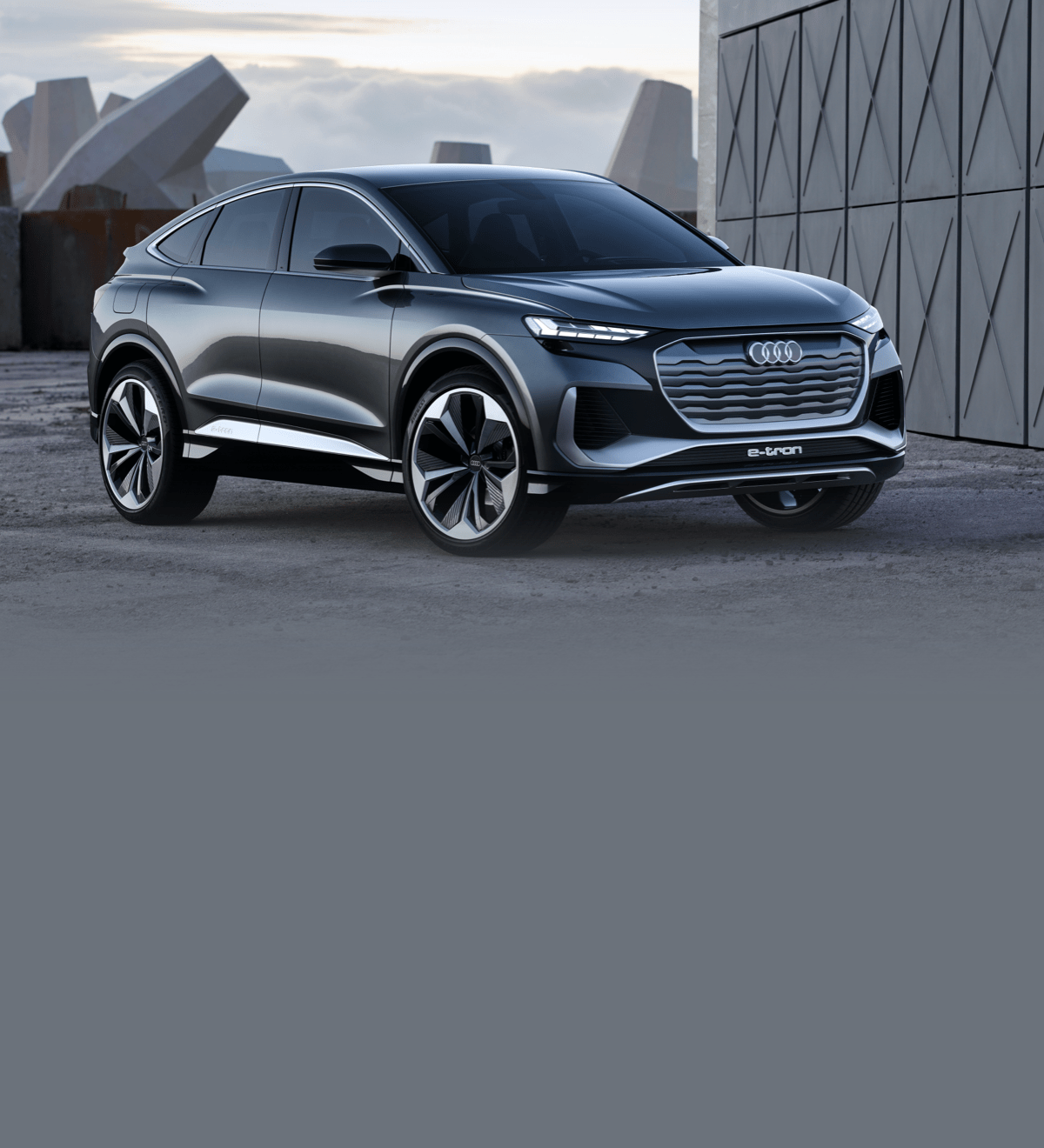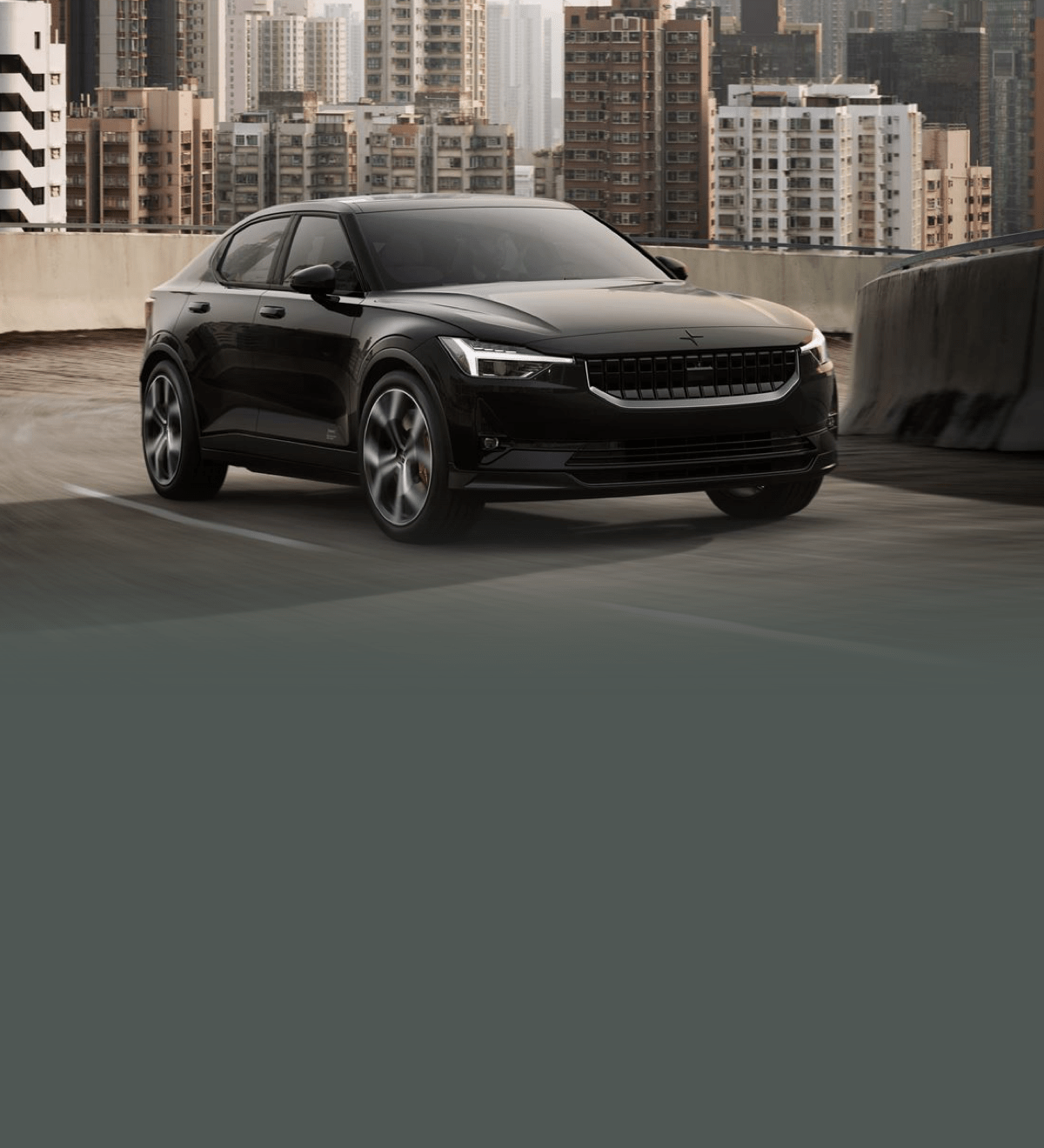
Polestar 3
The SUV for the electric age
- Dual-motor drivetrain
- Target range of over 600km
- Luminar LiDAR sensor with NVIDIA DRIVE
Although the car will not be premiered until October, Polestar is already showing an un-camouflaged photo of the brand's first SUV today. It will have two electric motors and promises a driving range of over 600 kilometres.
Today, the Swedish-Chinese OEM Polestar has to rely on the Polestar 2 to win over international customers, as the impressive but also very expensive and limited-edition Polestar 1 was mainly an image booster. However, this will change with the launch of the Polestar 3 this autumn.
Large electric SUV
The Polestar 3 is an SUV, a car type that is highly successful today and is still gaining popularity in just about all markets worldwide. Logically, Polestar also wants a piece of that pie and therefore presents its interpretation of the electric Sports Utility Vehicle in October.
Today, we only know that the powertrain will consist of two electric motors and that the Polestar 3 will have a driving range of more than 600 kilometres. Otherwise, there is no information about the technology, dimensions, equipment, battery or prices of the Polestar 3. The brand does say that the car will eventually be able to drive autonomously on the motorway.
Two more models by 2024
In countries where the Polestar 3 will be launched first, it can be ordered already on the day of the premiere in October. Which exact day that is remains unclear. What we do know is that production will begin in early 2023, both in China and in the USA.
The launch of the Polestar 3 will be followed in 2023 by Polestar 4, an SUV coupé, and in 2024 by a four-door GT called Polestar 5.

Polestar 3
The shape of things to come
What is electric driving?
What is a full electrical vehicle? An electric vehicle, also called an EV, uses one or more electric motors or traction motors for propulsion. The energy used for driving an EV is stored in the battery and the battery is charged at a charge station (at home, at the office or in public).What do I need to charge my electric vehicle? To charge your electric vehicle, you will require a recharging station, a charging cable, and a charging card.How many kilometres can I drive on a fully charged battery? A fully charged battery with a capacity of 40 kW will enable you to drive 200 to 250 kilometers. If you drive sensibly, you will achieve even more. Speed has the most effect on the amount of power drawn down from your battery, so you are advised to keep to the permitted speed limits. There are also other factors that may have an effect on your driving range: - High or low temperatures (resulting in continuous operation of the air conditioning/heating) - A (too) sporty driving style - Driving with a strong headwind - A fully loaded car - Driving uphill for a long period of time Does an electric vehicle require different maintenance than a vehicle with petrol or diesel? An electric vehicle requires less maintenance. This is due to the engine's reduced number of moving parts compared to a conventional combustion motor, which therefore leads to reduced wear. Moreover, oil changes are a thing of the past and the vehicle does not have an exhaust or gears. In addition, the brakes are less susceptible to wear thanks to the regenerative braking capacity.How safe are electric vehicles? Electric vehicles are approved for all safety factors, just like conventional vehicles. In the event of a collision, there is a possibility that some parts may receive an active charge or that short-circuiting causes an electrical fire, though the safety precautions and construction have limited this risk to an absolute minimum.How long will it take to charge my vehicle? That depends on a number of factors: the type of vehicle, the power left in the battery, how fast your vehicle charges, and which type of recharging station you will be using. When charging your vehicle with a standard power socket, approximately 10 hours is required. This is approximately 2 to 4 hours when using a public recharging terminal. When using a fast-charger (primarily located along highways), your battery will reach 80% charge in 30 minutes. Do keep in mind that using fast-chargers is more expensive than standard recharging stations.What does it cost to charge an electric vehicle? This depends on where you will be charging your vehicle. Home recharging stations are the most economical in most situations. The average electric vehicle uses 15 to 20 kWh per 100 km. If your home electricity rate is €0.25 and you drive an average of 15,000 km per year, your charging costs will range between €563 and €750 per year. When charging away from home, your rate is determined by the recharging terminal provider. A starting fee and incentive rate are often charged in addition to the kWh charge. Via www.plugsurfing.com, you'll find an overview of available recharging terminals in Belgium and Europe including the price per kWh.Inform me when the Polestar 3 is available
Enter your details to be among the first to know about availability. As soon as the car is available at LeasePlan, we will contact you without obligation.



